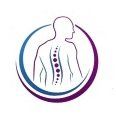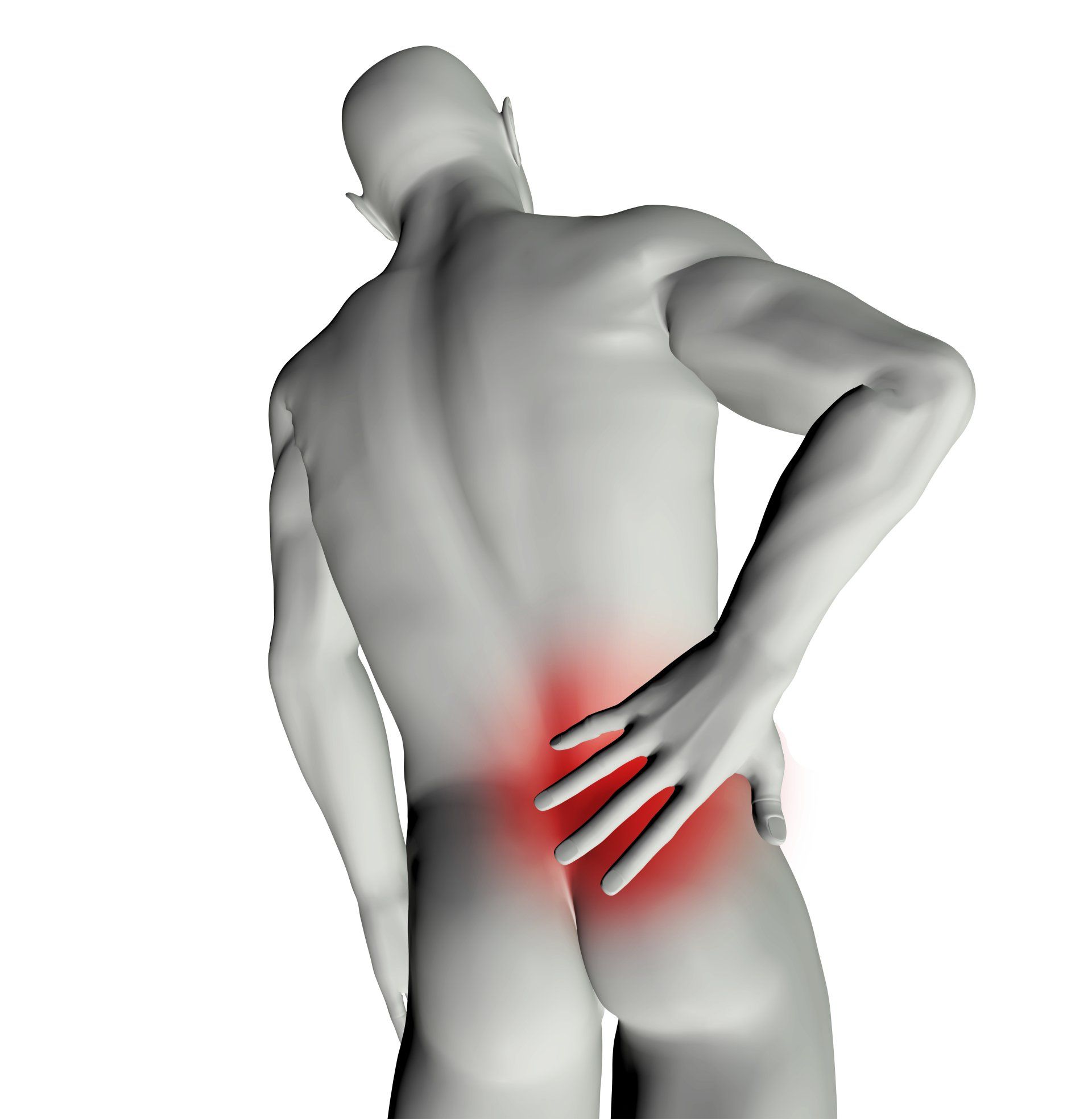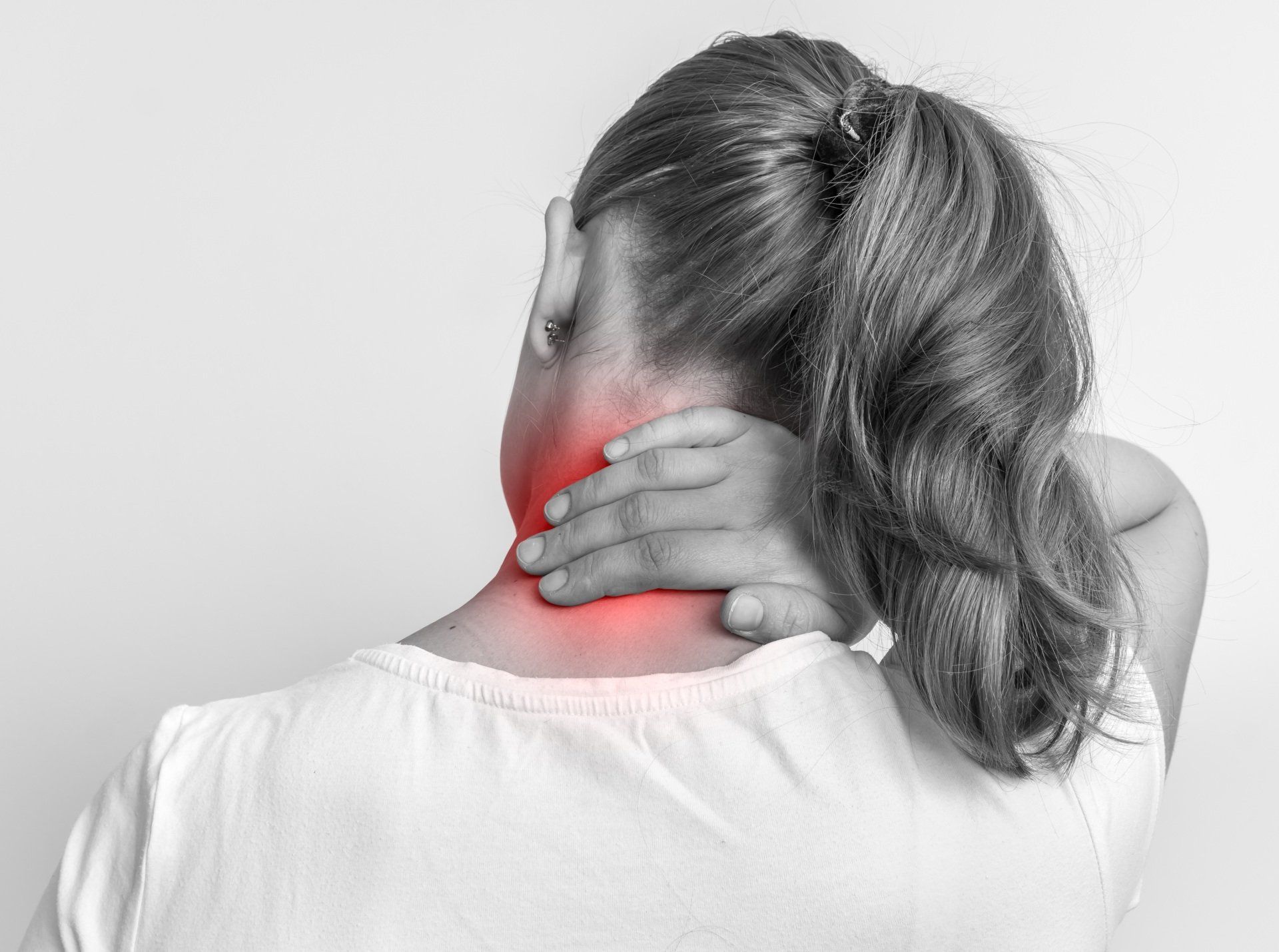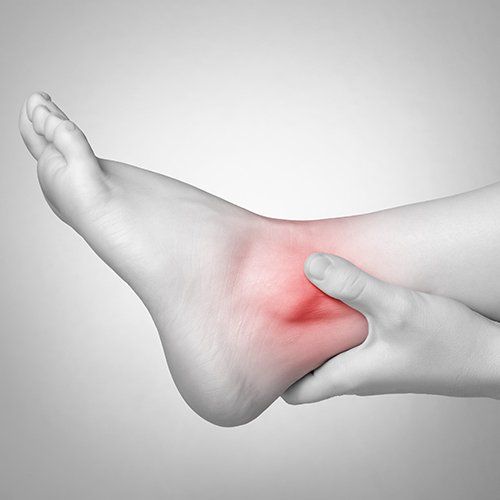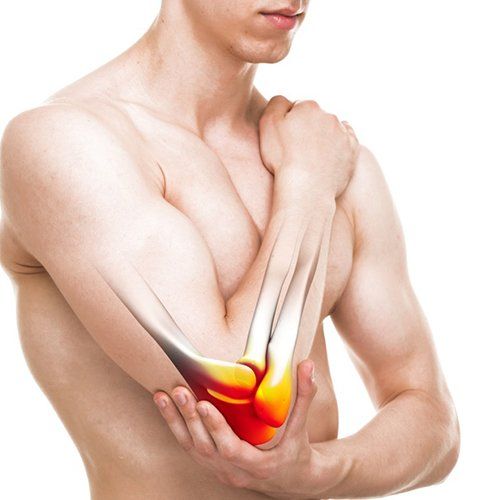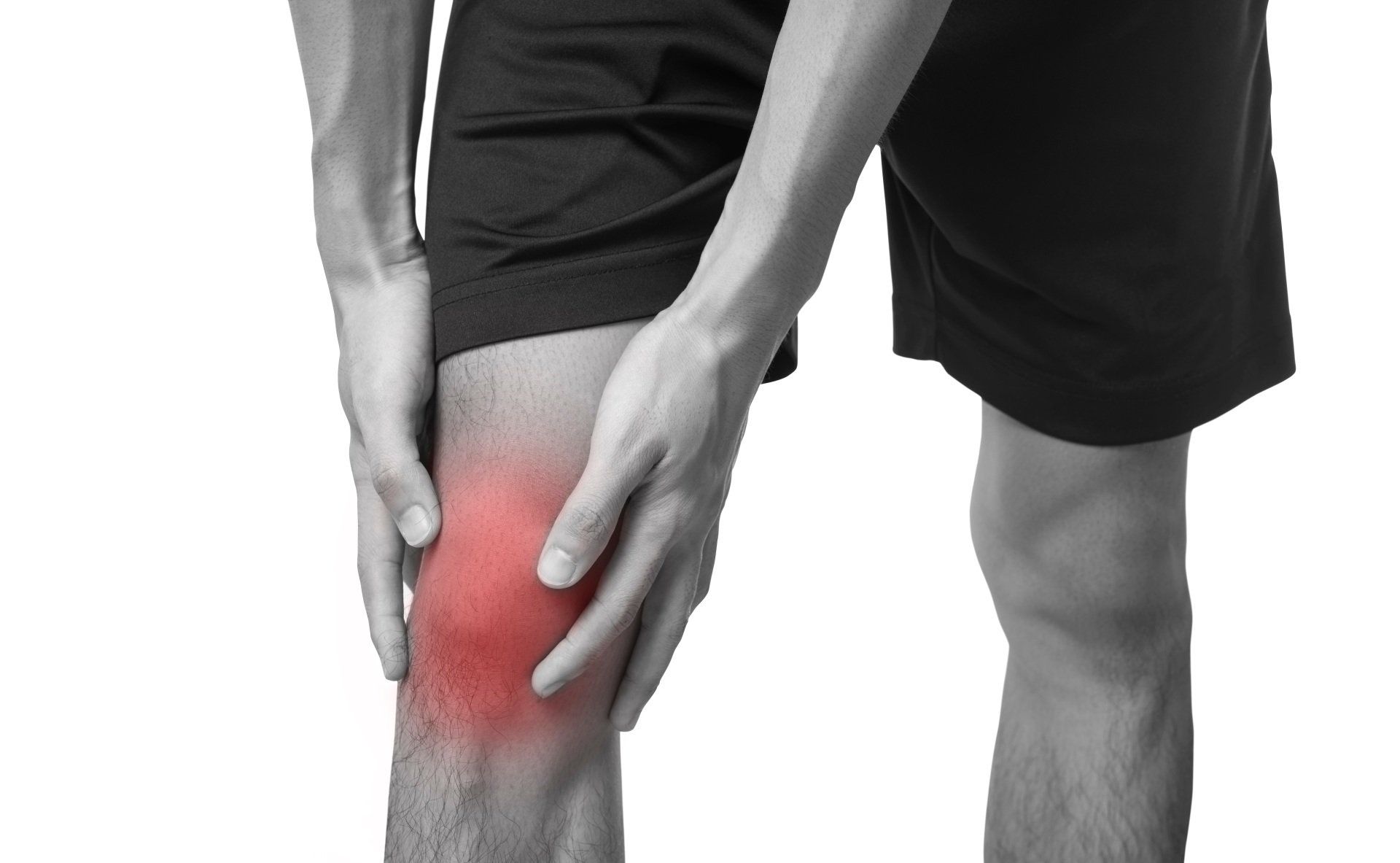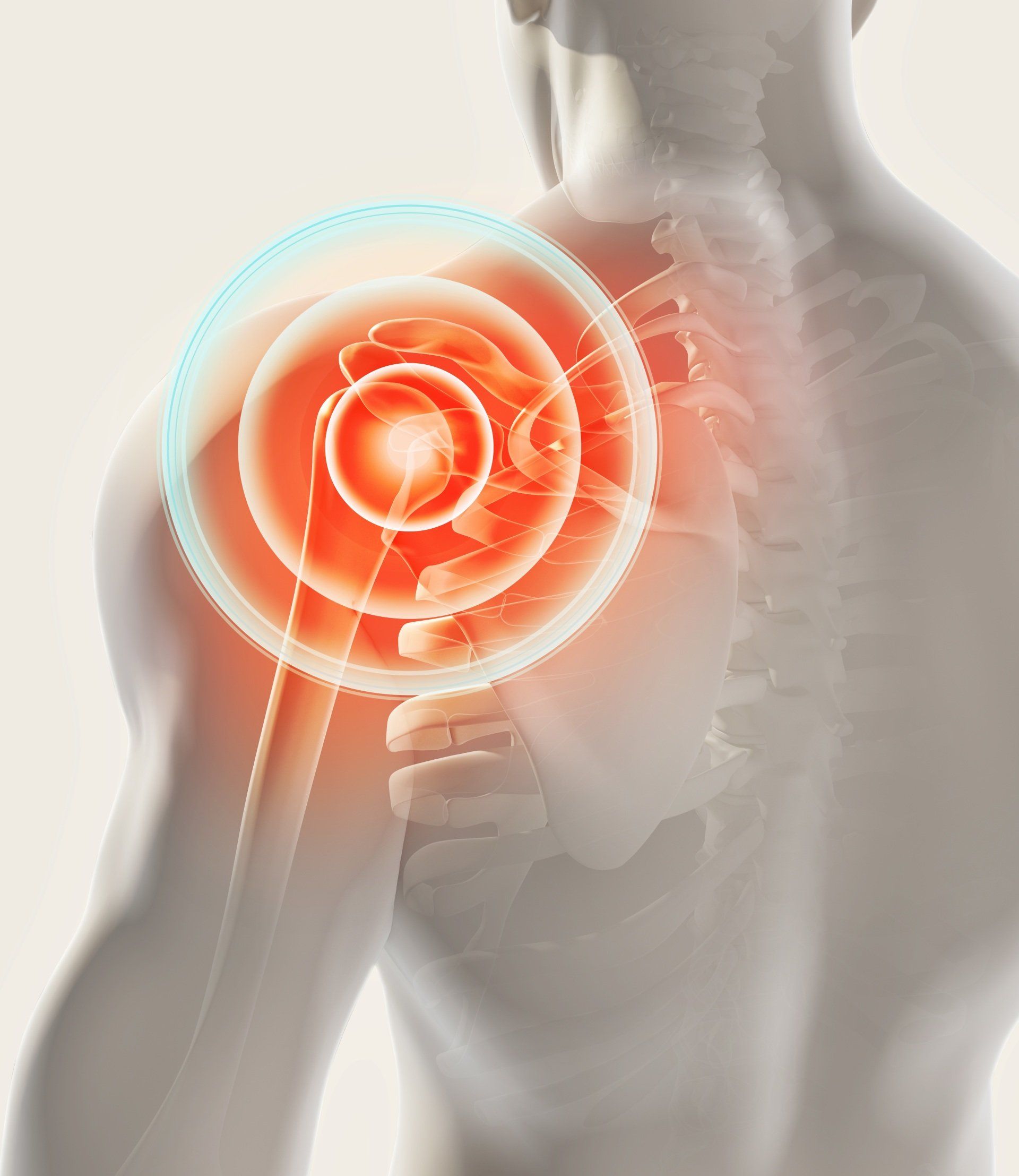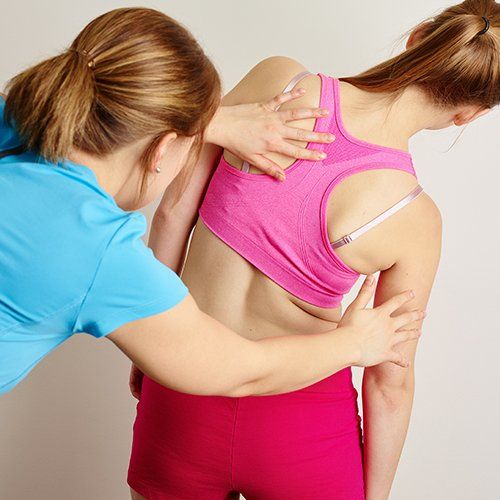Osteopathy Treatmentsin St Albans
Helping Relieve Your Pain With Deep Tissue Sports Massage
- Back Pain
Facts & Statistics:
Back pain is a very common problem with estimates of 15% to 20% of adults having back pain during a single year and 50% to 80% experiencing at least one episode of back pain during a lifetime (1).
On a worldwide scale, lower back pain affects an estimated 632 million people and is the leading cause of disability (14.).
The rates of 1-year recurrence reported in the literature range from 25% to 80% (2.).
Anybody can experience back pain at any age and is often brought about via a sprain or strain of certain structures in the back such as muscles, ligaments, joints or discs (1).
A common condition associated with lower back pain is radiculopathy, also known as sciatica which is commonly the result of an intervertebral disc herniation or bulge in the lumbar spine that compresses on the nerve root (3.). In later years, lumbar spinal stenosis is the most likely cause.
Back pain can be brought on by lifting, moving awkwardly or by an accident. Stress, depression, posture, being overweight, sedentary living and poor lifestyle habits can all be factors. The pain can come on quite suddenly or over time, and be located anywhere in the spine from the top of the neck to the pelvis.
Acute Lower Back pain – Less Than Six Weeks
Approximately 90% of patients with acute or persistent lower back pain tend to recover or improve within the first six weeks of initial onset (5, 6.).
For most patients with acute lower back pain in primary care, the cause is thought to be a mechanical cause involving the spine and surrounding structures (7.).
Chronic Back Pain – Defined as Lasting More Than Three Months.
Chronic back pain is a pain that lasts for much longer and can have a bigger impact on your day-to-day life. It can often be associated with stress and some level of depression and can range from a mild pain or ache, to a more severe pain.
Chronic pain is defined as pain persisting beyond the normal tissue healing time of approximately 8-12 weeks (8.). People with chronic pain are most likely to experience pain in multiple areas, single site chronic pain is more unusual than multi-site chronic pain (9).
How Can Osteopathy Help with Back Pain?
Osteopathic Manipulative Treatment (OMT) has been used to treat muscoluskeletal pain due to injury for over 100 years has been applied to patients with both acute and chronic conditions (4.). Lower back pain (LBP) is the most common complaint presenting to osteopaths and to all manual therapists (4. 12).Osteopaths are skilled at helping prevent back pain from becoming a chronic, long-term condition.
A study by Licciardone et al., (2015) assessed the recovery of patients with chronic lower back pain after a course of Osteopathic Manipulative Treatment (OMT) consisting of 6 osteopathic treatment sessions in 8 weeks. They concluded that "one-fifth to one-fourth of patients receiving OMT may experience improvements in both pain intensity and back-specific functioning consistent with recovery from chronic lower back pain" (14.).
X-rays, scans and other tests are sometimes required to make a diagnosis. If osteopathy treatment cannot completely heal or discover the cause of the back pain, your osteopath may refer to your GP or a specialist for any additional investigation.
The concept of recovery from lower back pain varies substantially from person to person and researchers often disagree on such basic questions as to whether to have a common recovery measure for acute and chronic lower back pain.
Download the information leaflet on how osteopathy could help lower back pain here.
- Sciatica
A common condition associated with lower back pain is radiculopathy, also known as sciatica which is commonly the result of an intervertebral disc herniation or bulge in the lumbar spine that compresses on the nerve root (3.). In later years, lumbar spinal stenosis is the most likely cause.
Back pain can be brought on by lifting, moving awkwardly or by an accident. Stress, depression, posture, being overweight, sedentary living and poor lifestyle habits can all be factors. The pain can come on quite suddenly or over time, and be located anywhere in the spine from the top of the neck to the pelvis.
Sciatica accompanies about 10% of lower back pain episodes and refers to sharp or burning pain radiating down the back or outer aspect of one or both legs, usually to the foot or ankle (7.).
An intervertebral disc is the structure that separates the bones in the spine. In approximately 90% of cases, sciatica is caused by a herniated disc involving nerve root compression (15.).
However, lumbar canal stenosis or foraminal stenosis and (less often) tumours or cysts are other possible causes (10).
Compression of the sciatic nerve (spinal level L4-S3) and associated inflammation of tissues contribute to the symptoms of radiating pain, tingling or numbness down the course of the nerve and its branches (12.). Symptoms can be reported in the gluteal, hamstring, posterior leg, and foot regions and often worse when changing positions or when coughing or sneezing (11.).
It is unknown how lower limb symptoms of chronic nerve compression can functionally control lower limb muscle activation (13.).
A professional approach to your care will be given and where appropriate, a referall to your GP for imaging or other specialist evaluation will be advised.
- Hip Pain
There are a number or reasons for hip pain some of which can be helped by visiting an osteopath.
Pain can come from a tight, strained or overused muscle in the hip or from the joint itself. Pain in the hip can sometimes be the result of an injury, it can be referred from the back or related to the way you move, stand and/or use your hip.
Pain from osteoarthritis or wear and tear in the hip joint is also common. Therapists cannot cure the arthritis and it depends on the severity of the wear and tear but treatment and advice can often help ease the symptoms. From clinical experience, I can look at the patient as a whole, assess the way the hip moves, strengthen and stretch the muscles, gently massage the hip muscles and stretch the hip joint to reduce tension and improve the mobility of the joint and work on the secondary problems like backache.
X-rays, scans and other tests are sometimes required to make a diagnosis and your osteopath may refer to your GP or a specialist for any additional investigations or treatment.
- Neck Pain
Neck pain is a leading cause of morbidity and chronic disability worldwide (16.) An estimated annual incidence of neck pain measured in 4 studies ranged between 10.4% and 21.3%, with a higher incidence noted in office and computer workers (16.). In 2008 the Bone and Joint Decade Task Force on Neck Pain and Its Associated Disorders reported that 50% to 75% of individuals with neck pain also report pain 1 to 5 years later. Neck pain is common in people of all ages and is often caused by how we use our necks.
Working all day bent over a computer, driving long distances, poor posture while standing or sitting, stress and tiredness are all factors that can cause the muscles in the neck and upper back to become tight and the joints to become stiff which can contribute to ongoing neck pain.
Sometimes a nerve in your neck can become irritated or “trapped” and cause pain in the arm going down into your shoulder or the hand, and may be accompanied by pins and needles and numbness.
Some headaches can be the result of tension or stiffness in the neck and upper back.
Osteoarthritis or age-related wear and tear in the neck can also cause muscular pain from the neck into the shoulder as well as some stiffness in moving the neck.
- Shoulder Pain
Shoulder Pain is common and can be caused by a number of conditions. Specific orthopedic testing is carried out to differentiate the following shoulder related conditions:
Rotator cuff problem - pain in the shoulder or upper arm, particularly when lifting the arm, lying on it or using the sore muscles. It is often the result of repetitive overuse of the arm and shoulder during a sport or activity or the result of a shoulder injury. Age can also play a part.
Acromioclavicular joint pain - painful joint on the tip of the shoulder where the collarbone and shoulder blade join
Frozen shoulder or adhesive capsulitis - is the painful and gradual stiffening of the shoulder capsule (the tissue that surrounds your shoulder joint) and the shoulder can often become so stiff and painful that it limits your ability to use your arm in everyday activities.
Referred shoulder pain - pain is experienced in an area away from the actual injury or problem e.g. pain in shoulder which is usually referred from the neck or upper back
Osteoarthritis – progressive wearing away of the cartilage of the joint leading to the two bones of the joint rubbing together causing pain. Patients who have had previous trauma or shoulder surgery are most likely to develop osteoarthritis in later life. Symptoms include swelling, stiffness, aching and sharp, stabbing pains.
Shoulder instability – dislocation or excessive movement of the shoulder joint.
- Knee Pain
The knee is the largest joint in the body. It is a major weight-bearing joint and is one of the most frequently injured joints in the human body.
Knee pain can have a number of different causes and can be painful and debilitating and although some conditions may require surgery many can be helped with the right advice, exercise and treatment.
The knee joint lies between the femur and tibia and at the front is the patella or kneecap. It is made up of a number of structures including ligaments, muscles, capsule, synovial membrane and two ‘c’ shaped pieces of cartilage which sit between the femur and tibia known as the menisci.
Damage, strain or sprain to the structures of the knee can give rise to symptoms. It can be the result of a sudden injury as often seen in sports injuries or by repeatedly placing strain on an area of the knee. Poor alignment of the knee or kneecap and altered joint mechanics in relation to other joints such as the hips and knees are often significant. Osteoarthritis or wear and tear is a common condition that affects the knee.
Common symptoms in the knee include pain, stiffness, aching, pain, locking, swelling, limping and difficulty fully straightening or bending the knee.
X-rays, scans and other tests are sometimes required to make a diagnosis and your osteopath may refer to your GP or a specialist for any additional investigations or treatment.
- Elbow and Arm Pain
Pain in the elbow is often due to two main conditions – tennis elbow and golfers elbow.
Tennis elbow (or lateral epicondylitis) is the most common overuse syndrome in the elbow and causes pain and tenderness around the outside of the elbow joint, whereas golfer’s elbow (medial epicondylitis) causes pain around the inner side of the joint.
Tennis elbow is more common than golfers elbow and both are injuries from repetitive overuse or wear and tear from any hobby, sport or activity not just tennis or golf as the name implies. Sometimes a single injury such as a sudden unexpected tug on the forearm can cause the symptoms.
Once the pain starts, your normal activities and habits can maintain the problem.
Pre-existing problems with your neck, wrist or shoulder, that might not be painful in themselves, can make it more likely for you to suffer with tennis or golfers elbow. Most cases ease naturally eventually but many people seek treatment and advice from an osteopath.
Bicep Tendonitis is also another commonly associated symptom from overuse or poor postural control.
- Foot and Ankle Pain
The foot and ankle is made up of a number of small bones interconnected by ligaments, muscles and fascia all working together to give the strength, stability and flexibility the foot and ankle needs to function properly.
Common conditions of the foot and ankle which can give rise to pain include:
Acquired Flat Foot Flattening of the inner side of the foot or inner arch. The foot may roll over to the inner side (known as pronation). It is often apparent if the heels of shoes wear out quickly and unevenly. Over-pronation can damage your ankle joint and achilles tendon (the tendon at the back of your ankle) and can also cause shin pain. Symptoms can include, pain, swelling, change in foot shape and knee pain or swelling.
Plantar Fasciitis is pain and inflammation in the plantar fascia. The tough fibrous band of tissue that supports the arches of the foot and runs under the small bones from the underside of the heel and sole towards the toes. Often, people who have plantar fasciitis describe it as a sharp pain, most often under the heel or instep of the foot. It tends to be made worse by standing for long periods of time in poor footwear. Sufferers commonly mention that it is worse when standing after being off their feet for a long time and it can hurt more putting the foot on the floor first thing in the morning. The sole of the foot can occasionally feel a little numb, tingly or swell slightly. In some cases of plantar fasciitis, a small spur of bone can grow where the plantar fascia attaches and pulls on the heel which can cause a sharp pain.
Achilles Pain The Achilles tendon is formed by the tendon of the two calf muscles, the gastrocnemius and soleus coming together and attaching onto the bone at the back of the heel called the calcaneus). Pain, inflammation or tendonitis in the Achilles can cause pain and tightness in this area.
Sprained ankle. Typically, the result of a sudden twisting or “going over” on the ankle joint and more commonly it is the ligaments on the outside of the ankle that are strained. Common symptoms are swelling, bruising, pain and instability of the ankle. Sometimes an x-ray is required to rule out any fracture. Rest, ice, elevation and compression are often advisable in the first 24 to 48 hours.
How can an osteopath help with foot and ankle pain?
Depending on the diagnosis and your age and fitness we can use a variety of gentle massage and manipulative techniques to increase the mobility of the joints and the flexibility of the muscles in the foot.
We will often look at muscles and joints in the lower limb, the knee, hip and lower back and may treat any joint restrictions and muscle tightness we find there. Often improving the movement in the joints of the lower limbs will help the foot and ankle function better.
We may offer specific balancing, strengthening or loosening exercises.
We may offer advice on strapping and brace supports, footwear and any lifestyle factors that might be hindering healing. We may refer you to a podiatrist for their opinion and specialist foot supports.
X-rays, scans or other tests may be required to make a diagnosis and we may refer you to your GP for any additional investigations and treatment such as advice on pain killers and anti-inflammatory medications.
- Elbow Pain
Pain in the elbow is often due to two main conditions – tennis elbow and golfers elbow.
Tennis elbow (or lateral epicondylitis) is the most common overuse syndrome in the elbow and causes pain and tenderness around the outside of the elbow joint, whereas golfer’s elbow (medial epicondylitis) causes pain around the inner side of the joint.
Tennis elbow is more common than golfers elbow and both are injuries from repetitive overuse or wear and tear from any hobby, sport or activity not just tennis or golf as the name implies. Sometimes a single injury such as a sudden unexpected tug on the forearm can cause the symptoms.
Once the pain starts, your normal activities and habits can maintain the problem.
Pre-existing problems with your neck, wrist or shoulder, that might not be painful in themselves, can make it more likely for you to suffer with tennis or golfers elbow. Most cases ease naturally eventually but many people seek treatment and advice from an osteopath.
- Headaches
Neck pain is a leading cause of morbidity and chronic disability worldwide (16.) An estimated annual incidence of neck pain measured in 4 studies ranged between 10.4% and 21.3%, with a higher incidence noted in office and computer workers (16.). In 2008 the Bone and Joint Decade Task Force on Neck Pain and Its Associated Disorders reported that 50% to 75% of individuals with neck pain also report pain 1 to 5 years later. Neck pain is common in people of all ages and is often caused by how we use our necks.
Working all day bent over a computer, driving long distances, poor posture while standing or sitting, stress and tiredness are all factors that can cause the muscles in the neck and upper back to become tight and the joints to become stiff which can contribute to ongoing neck pain.
Sometimes a nerve in your neck can become irritated or “trapped” and cause pain in the arm going down into your shoulder or the hand, and may be accompanied by pins and needles and numbness.
Some headaches can be the result of tension or stiffness in the neck and upper back.
Osteoarthritis or age-related wear and tear in the neck can also cause muscular pain from the neck into the shoulder as well as some stiffness in moving the neck.
- Arthritis
Arthritis is a common condition which causes pain, swelling and inflammation and often stiffness in the joints of the body.
The two most common types of arthritis are osteoarthritis and rheumatoid arthritis but there are many other types including ankylosing spondylitis, gout, psoriatic arthritis and reactive arthritis. Certain types of arthritis can also affect children.
Osteoarthritis is a result of wear and tear of the joints in the body. It is common in people over 50 and most commonly affects the joints of the knees, hips, neck and back, base of the toes and hands.
The gentle osteopathic articulation and massage techniques can help some arthritis sufferers. Treatment is individual, gently moving and stretching an arthritic joint and massaging surrounding muscles and tissues can help ease some of the discomfort. Sometimes an osteopath may work on general mobility of the other joints and muscles in the body to help the mechanics of the body work better. Exercise, diet, posture advice and changes to lifestyle might be suggested. X-rays, scans or other tests may be required and your osteopath may refer you to your GP for any additional investigations and treatment.
- Chronic Fatigue Syndrome (CFS) / Myalgic Encephalomyelitis (ME)
CFS and ME are chronic illnesses that can have a devastating impact on a person's life. Previously healthy and active individuals affected by CFS find themselves unable to perform the most basic of activities.
The disease processes that are not yet fully understood and thus pose significant problems for healthcare professionals with regard to treatment management for their patients. Overall, CFS and ME and are reknowned for being triggered by a stressful or traumatic event(s) or repeated stress over time.
CFS/ME causes exhaustion and symptoms can range from depressiono, fatigue, malaise, headaches, sleep disturbances, sensitivity to sound and light, difficulties with concentration, and back, neck and muscle pain. The psychological, emotional and physical impact differs between individuals and management strategies will vary.
There is an element of truth within the NICE guidelines which state that 'a person's symptoms may fluctuate in intensity and severity, and there is also great variability in the symptoms different people experience. CFS/ME is characterised by debilitating fatigue that is unlike everyday fatigue and can be triggered by minimal activity'.
CFS and ME and are commonly triggered by a stressful or traumatic event or repeated stress over time.
Osteopathic treatments aim to restore balance to the body’s stress coping mechanisms by identifying areas that relate to the sympathetic nervous system. Lymphatic drainage and physical manipulation is often included to stimulate the movement of lymphatic fliuds around the brain, body and the spine.
Communication, support and empathetic listening throughout are elements that are understood to be of paramount importance by the practitioner for the guidance of aiding recovery.
- Fibromyalgia
Fibromyalgia is characterised by chronic widespread pain at multiple tender points such the hips, elbows, shoulders, neck, lower back and knees along with intermittent paraesthesia within the limb extremeties. As a result, joint stiffness can occur and systemic symptoms may evolve e.g. mood disorders, fatigue, cognitive dysfunction and insomnia.
It is still a poorly understood condition that can be difficult to diagnose and manage as fibromyalgia can be associated with other specific diseases such as rheumatism, psychiatric or neurological disorders, infections and diabetes.
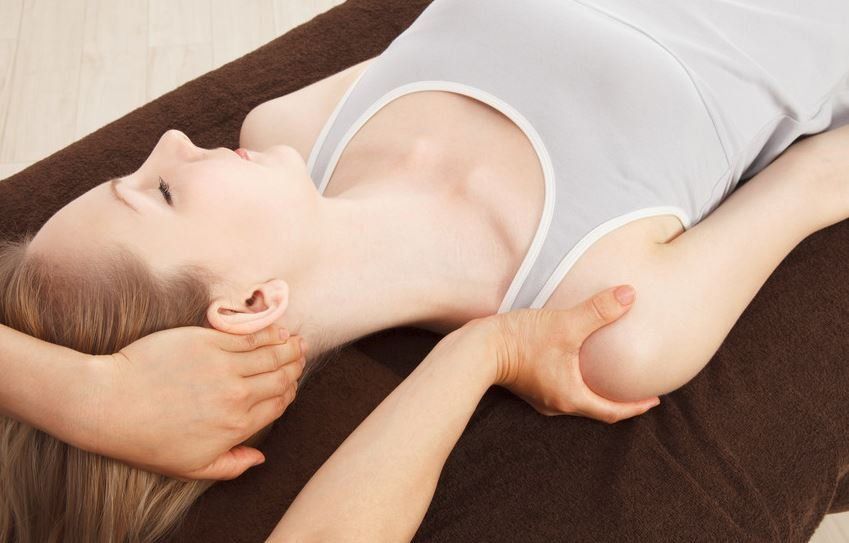
Customised Deep Soft Tissue Sports Massage Treatments
